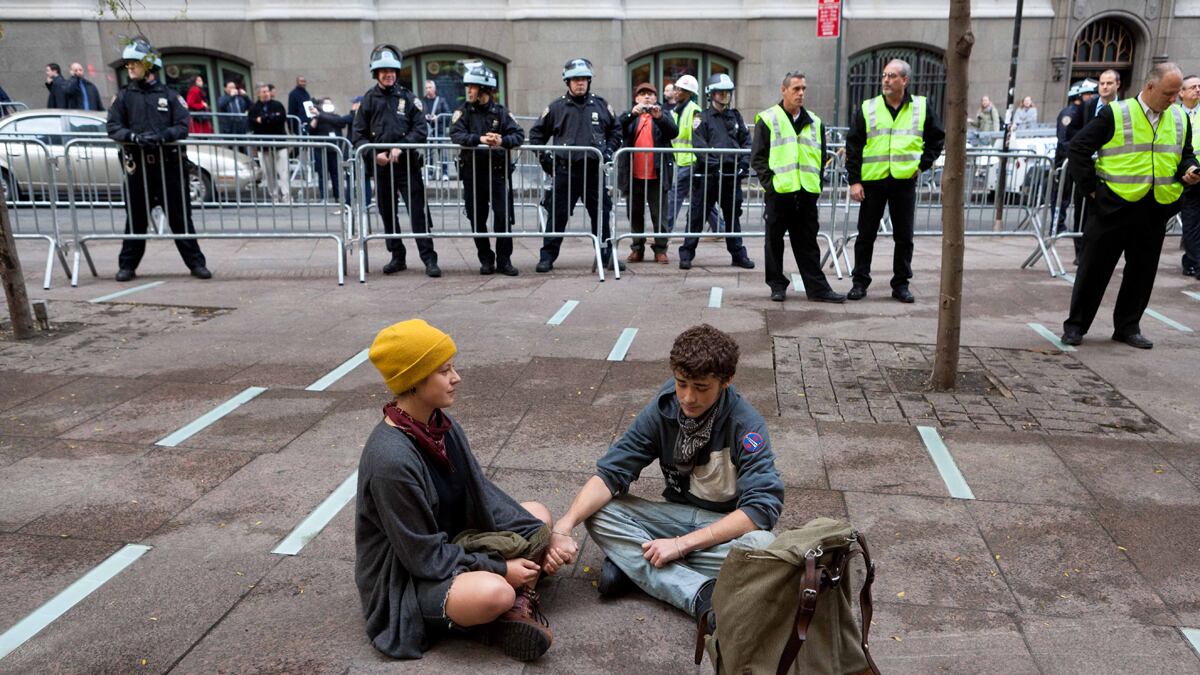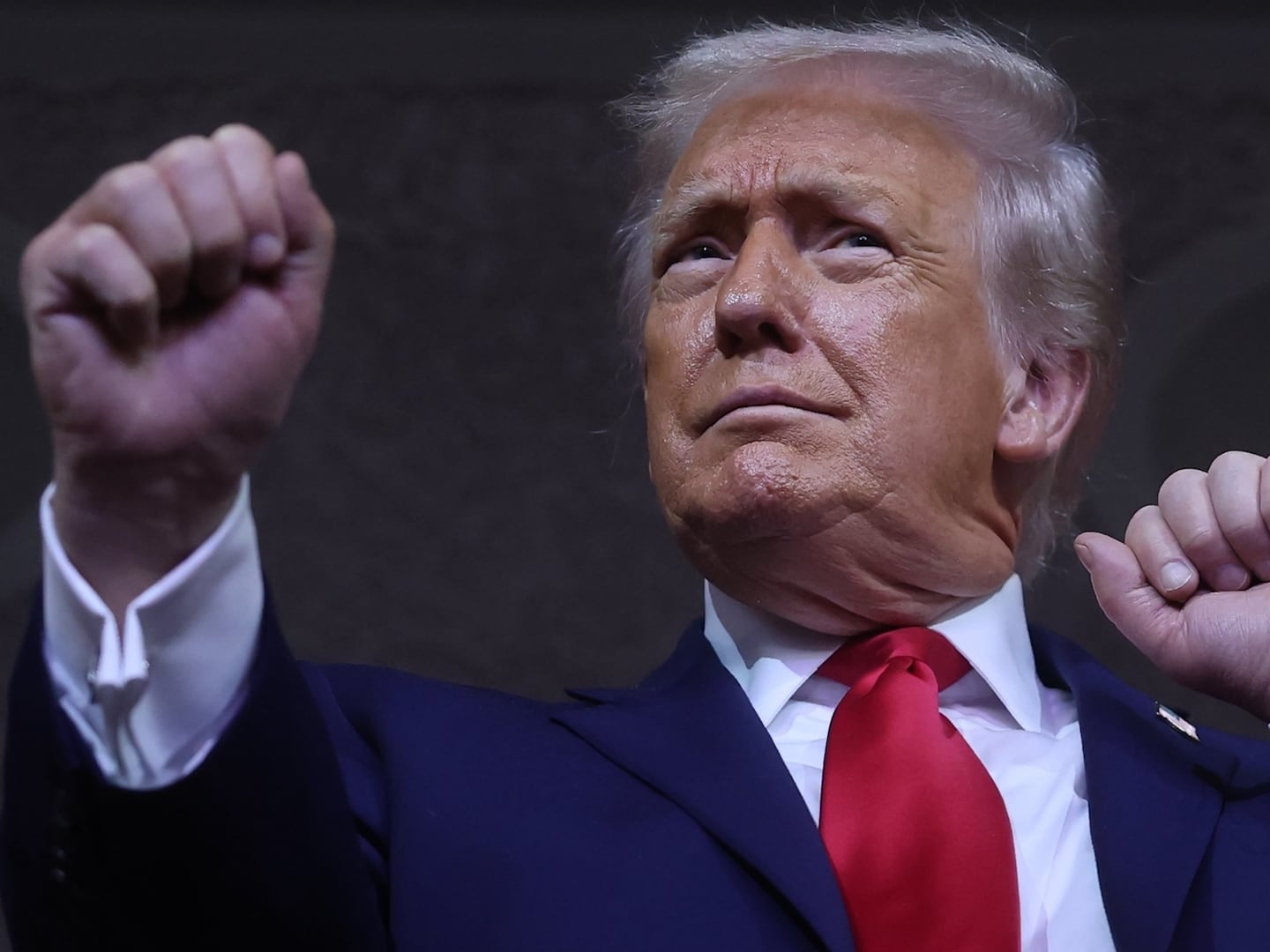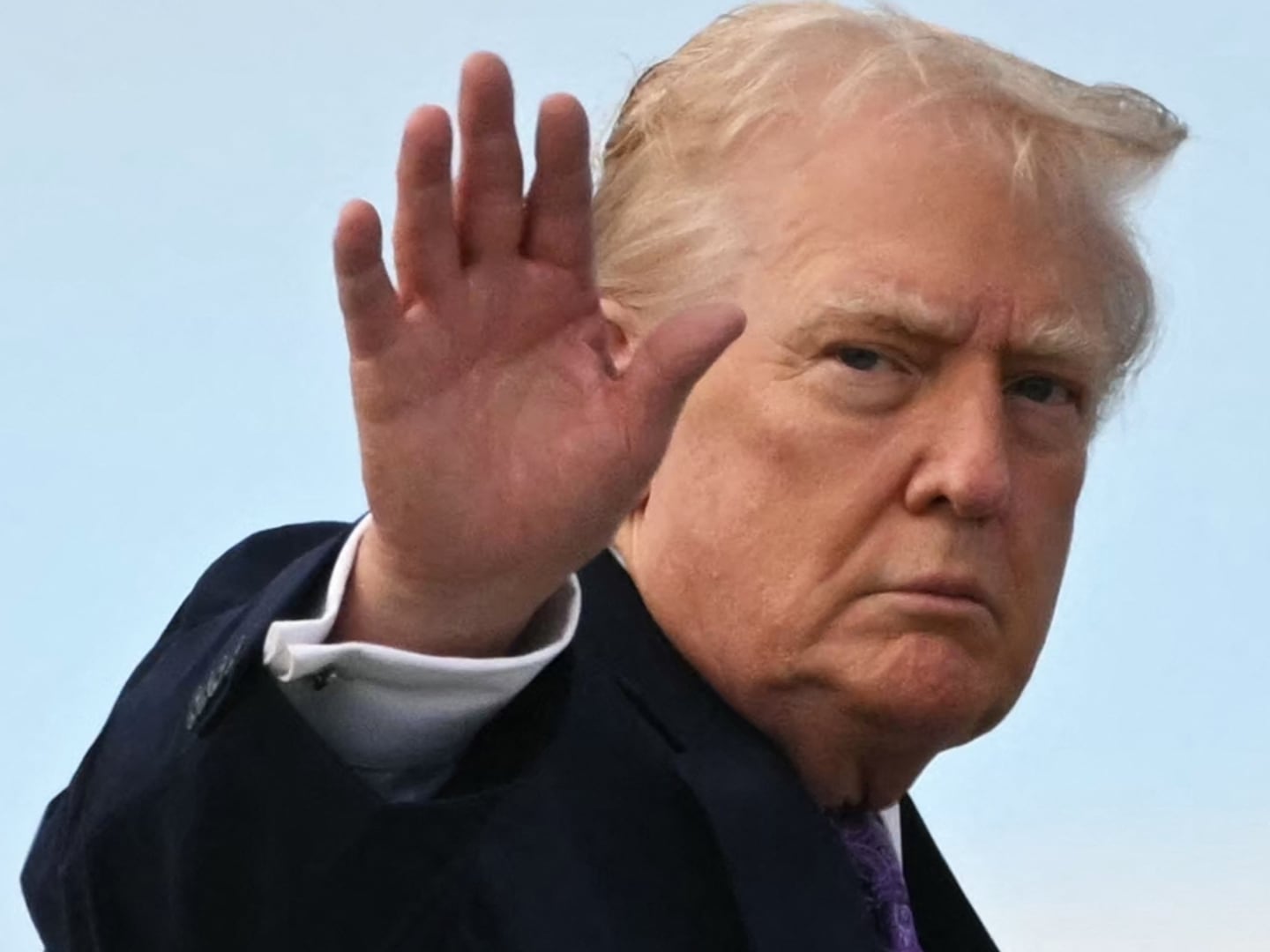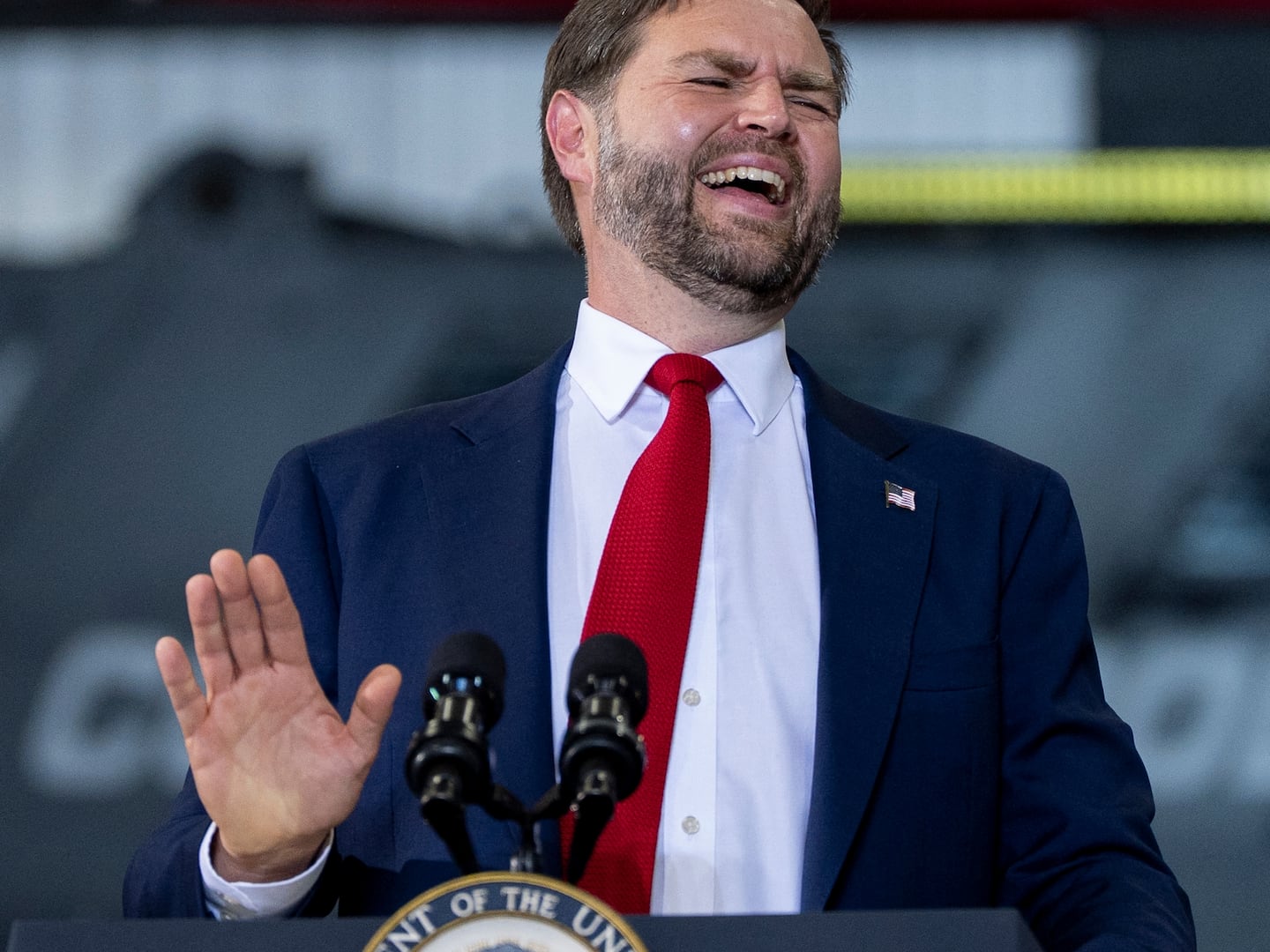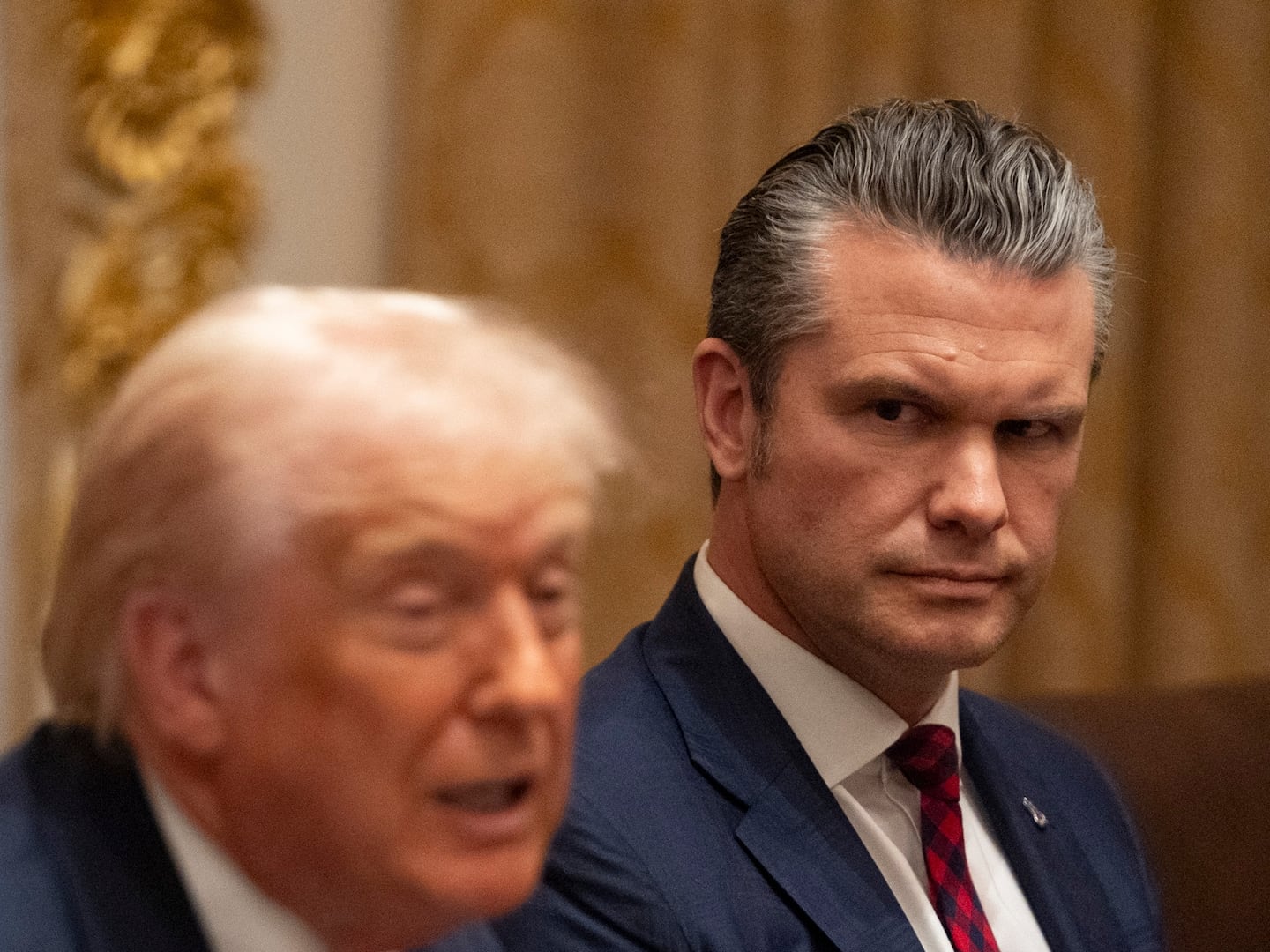I heard the helicopters in the middle of the night hovering over lower Manhattan as the eviction of Occupy Wall Street occurred.
Only a few hours before, I’d walked past the Zuccotti Park encampment and Occupy Wall Street’s tent city was quiet on an unseasonably warm night. Irritation with the Occupy movements has been building across the nation. Even initially sympathetic liberal mayors have begun to declare that enough is enough, so I wondered when New York’s patience would wear out.
As I reached Nassau Street, I noticed an NYPD truck with metal barricades piled up in the back. Even with the now-routine massive police presence downtown it struck me as odd. But when I heard the helicopters a little after 5 a.m., something clicked. I checked my email, saw notice of the eviction, threw on jeans and a jacket, and went downstairs.
The streets of lower Manhattan were framed by barricades and cops in riot gear clustered on corners. Zuccotti Park was lit up by floodlights as men in orange uniforms power-sprayed the pavement. The tent city was gone. The sidewalks were littered by young protestors still reeling from the speed of the eviction that took place shortly after 1 a.m.

“The cops were dragging people out by the feet, they were dragging people across the floor. Taking their arms and just yanking them across tables,” Dave from Ft. Lauderdale, Fla., told me as he sat in a doorway on Broadway. “Between seven and 10 people chained their necks together so that it was impossible for the police to actually touch because if the police moved one the wrong way it could break someone’s neck.”
What happened to that group? “I think they got bolt cutters out and eventually got arrested. I’m not quite sure,” Dave said.
“I was sleeping in my tent and we heard some people say, ‘Emergency, emergency,’” a 20-something Lincoln, Neb., native named Joel Alloway told me. “There was just dozens and dozens of cops in riot gear with all these lights shining on us. And we all knew exactly what was going down. So they’re handing out fliers saying that they were evicting us and that we had to take our items and anything that was left behind they were gonna put in a storage unit.” Joel patted his guitar, banged up but safe in a black case. “I don’t think that’s really what happened because, they just piled up everything that was left behind and put it into big garbage trucks that actually, like, compacted it all together. So most of our stuff was destroyed. I lost three years of drawings.”
I sympathized. But then a middle-aged woman in a black sweatshirt and sneakers spoiled the mood by coming up to group of young cops and declaring, “If this was the 1940s, you’d all be working in concentration camps.”
Heated confrontations were probably made inevitable by the well-intentioned impulse of mayors across the country to allow the Occupy Movements to set up semipermanent camps in public or private parks. Why? Because there is no right to sleep indefinitely in public or private parks; the right of assembly is not the same thing as the right to occupy.
Long before a Manhattan Supreme Court judged ruled against the protesters, the Supreme Court settled the matter of protests camping indefinitely in public parks in Clark v. Community for Creative Non-Violence (1984), with a majority opinion written by JFK-appointee Byron White. The case law protecting private-property rights from permanent protest occupancy is rooted in Pruneyard Shopping Center v. Robins (1980). While the states have a great deal of latitude in determining their individual rules—and Zuccotti Park’s odd status as a privately owned public space creates room for debate—basic property rights are not suspended for protests, no matter how heartfelt.
The decision that Brookfield Properties and the Bloomberg administration came to last night concurs with the decisions by mayors in other cities and states, most notably Oakland and Portland, Ore., where the progressive Mayor Sam Adams ordered the eviction of Occupy Portland, declaring his sympathy with its aims while decrying the increased incidents of drugs and crime. “Occupy has had considerable time to share its movement’s messages with the public but has lost control of the camps it created. The cost to the larger community is rapidly increasing,” Adams said in a statement that is worth reading in full. “I have said from the beginning that I believe the Occupy movement would have to evolve in order to realize its full potential.”
The Occupy movement has to move beyond mob actions if it hopes to influence the national debate in constructive ways going into 2012. The Atlantic’s Dominic Tierney published a thoughtful essay calling for the “Americanization” of the movement, both to distinguish it from self-defeating late-1960s protests and to curb the rising disapproval ratings Occupy is receiving as violence increases.
Occupy Wall Street’s interest in evolving will be tested in the coming days. Currently, the question is not whether the Occupy protesters can return to Zuccotti Park, but whether they can bring in tents and sleeping bags and set up camps again.
One long-term, mutually beneficial solution may be to re-establish Zuccotti Park as a city park, closing at 1 a.m., officially renamed “Liberty Square,” and set up with a permanent Speaker’s Corner along the lines of London’s Hyde Park. This would be a way of marking the Occupy Movement while also reasserting the rights of the local community. It is high time for the social contract—for the balance of rights and responsibilities that characterizes a stable, free society—to be restored.

